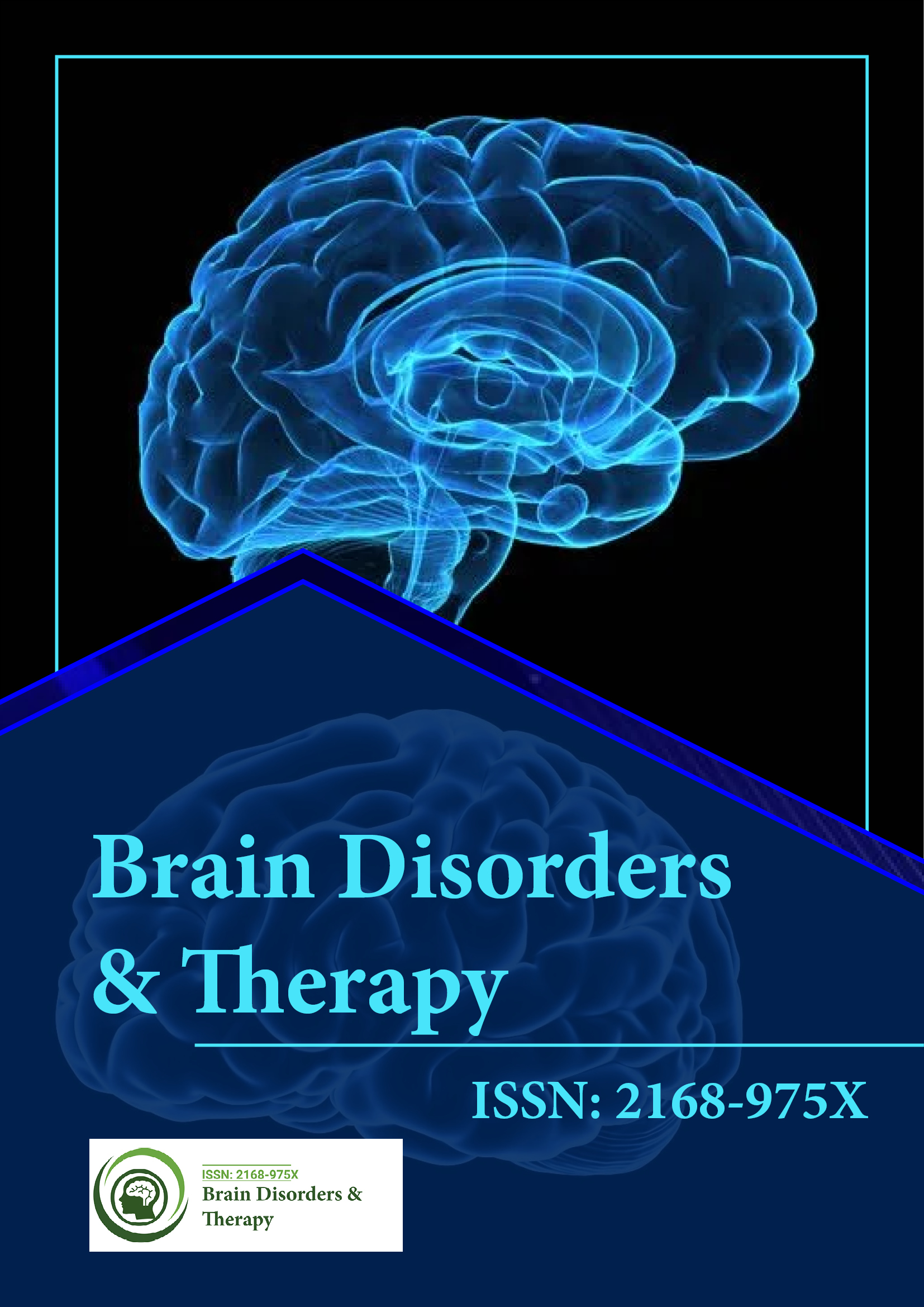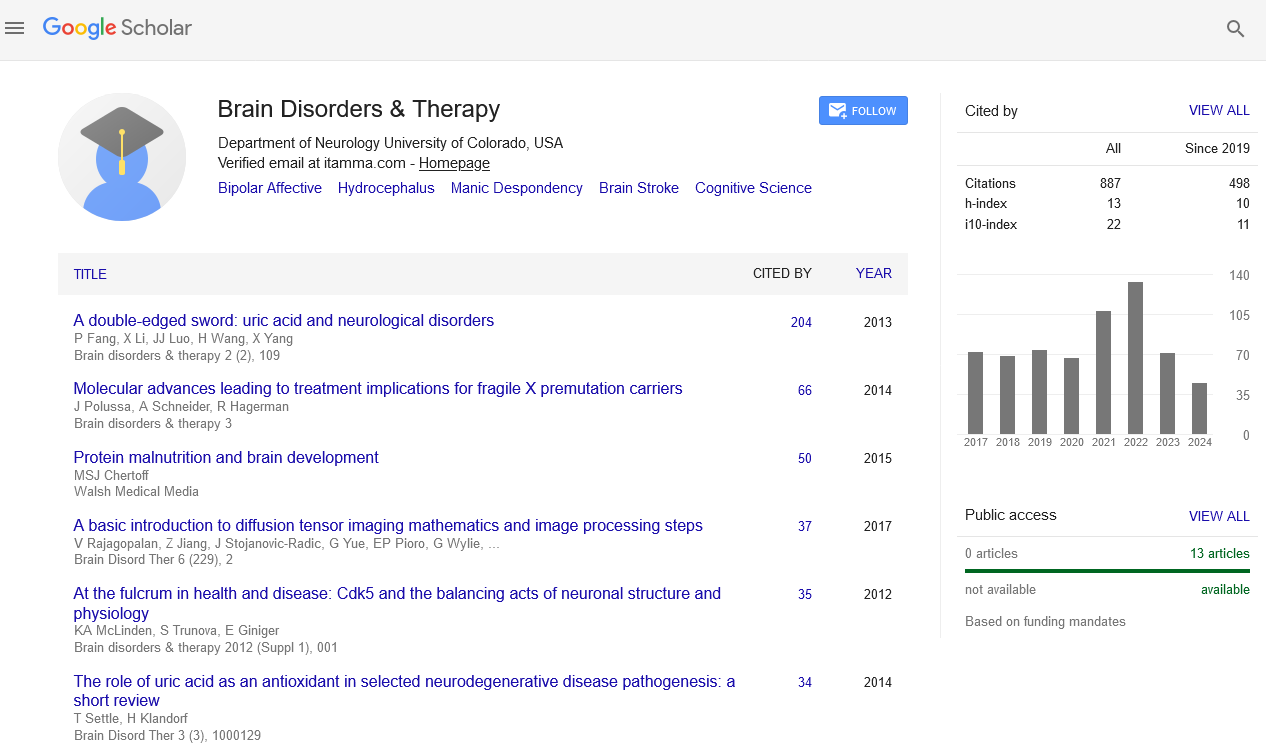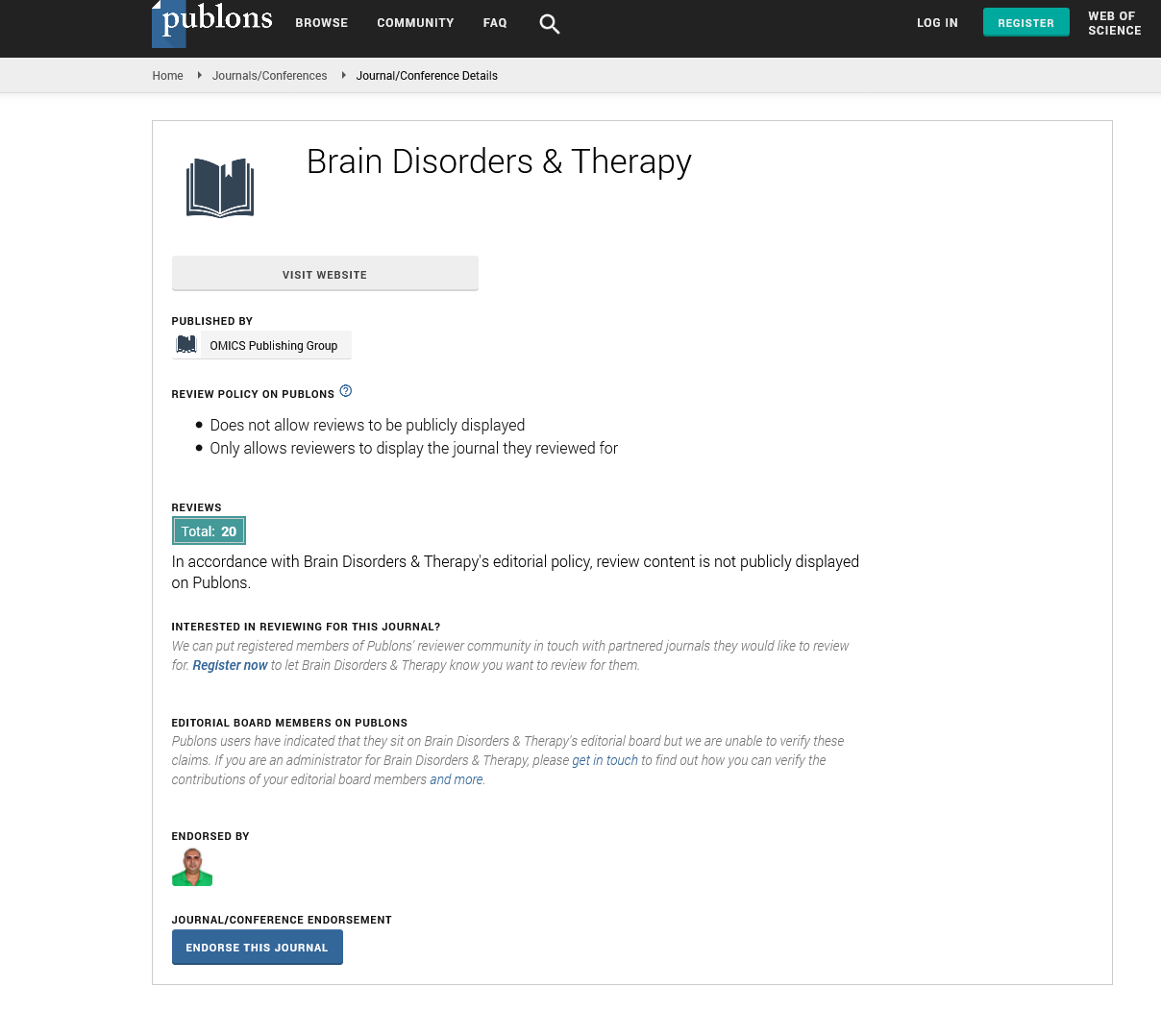PMC/PubMed Indexed Articles
Indexed In
- Open J Gate
- Genamics JournalSeek
- JournalTOCs
- RefSeek
- Hamdard University
- EBSCO A-Z
- OCLC- WorldCat
- Publons
- Geneva Foundation for Medical Education and Research
Useful Links
Share This Page
Journal Flyer

Open Access Journals
- Agri and Aquaculture
- Biochemistry
- Bioinformatics & Systems Biology
- Business & Management
- Chemistry
- Clinical Sciences
- Engineering
- Food & Nutrition
- General Science
- Genetics & Molecular Biology
- Immunology & Microbiology
- Medical Sciences
- Neuroscience & Psychology
- Nursing & Health Care
- Pharmaceutical Sciences
A rare syndrome characterized by Mega-Corpus Callosum, Polymicrogyria, and Psychomotor Retardation: Case Report and Literature Review
3rd World Brain Congress
August 20, 2021 | Webinar
Antonio Gomes Lima Junior
Neuroradiologist at Mount Sinai Hospital.USA
Scientific Tracks Abstracts: Brain Disord The
Abstract:
Purpose: The rare syndrome called MEG-PMG-Mega CC, first described in 1998 by Göhlich-Ratmann et al, was characterized by MRI findings that included megaloencephaly, polymicrogyria and mega corpus callosum, associated with a deficit in psychomotor development. Reports of subsequent cases, although in a small amount, were important to confirm some pathognomonic alterations in this syndrome. The present study aims to reinforce the pathognomonic findings found previously described in the literature. Materials and methods: An 11-year-old male patient with a report of cerebral palsy since birth. He has difficulty walking, as well as significant delay in speech development and significant hearing impairment. He underwent cranial magnetic resonance for neurological evaluation, which showed pathognomonic findings for the syndrome addressed. Discussion: The clinical case in question deals with a patient with delayed psychomotor development, with findings on magnetic resonance imaging of thickening of the corpus callosum and abnormalities in the rotation of the cortex bilaterally, characterized by polymicrogyria of frontoparietotemporal location. The combination of these structural changes associated with the specific clinical picture of psychomotor retardation was very similar to a syndrome previously described as MEGPMG- Mega CC, whose main features were megaloencephaly, polymicrogyria and mega corpus callosum. Although initially described in 1998 by Göhlich-Ratmann et al with the findings previously reported, subsequent studies have reinforced the presence of some radiological aspects, such as mega corpus callosum and cortical rotation abnormalities, although there is no mandatory presence of megaloencephaly. Structural alterations such as thickening of the corpus callosum had already been described in two other pathologies: Cohen's Syndrome and Neurofibromatosis 1 (NF-1). Although our patient's cranial dimensions are normal, he has thickening of the corpus callosum, polymicrogyria and delay in psychomotor development, which corroborates the hypotheses put forward in previous studies that these findings can be considered pathognomonic of this syndrome, while the cranial dimensions cannot are significant. Conclusion: Although the literature on the syndrome is recent and limited in number of cases, it can be observed that all reported patients shared similar clinical and anatomical characteristics, among which the mega corpus callosum, cortical migration abnormalities and delay can be mentioned. in psychomotor development. Therefore, it can be concluded that these three findings are pathognomonic of this syndrome. Other associated anatomical abnormalities may be related to a spectrum of this rare syndrome.
Biography :
Antonio Gomes Lima Júnior is a physician graduated from Uniatenas in the state of Minas Gerais in Brazil, he did a medical residency in radiology and diagnostic imaging at the Hospital Santa Casa de Misericórdia in the state of São Paulo, subspecialized in computed tomography and nuclear magnetic resonance of the musculoskeletal system and the sixth year of average residency in neuroradiology at Hospital Antonio Prudente, the largest private healthcare system in the country, where he became one of the chief preceptors of the medical residency service. He currently lives in New York City in the United States where he is studying for a Masters in Clinical Research at Mount Sinai Hospital, which is among the list of the 10 best hospitals in the world. He has a considerable number of scientific publications and conference presentations, in addition to being an editor member of the Canadian journal Cient Periodique Neurology. He is a full member of the Brazilian Society of Neuroradiology and a member of the American Society Neuroradiology as Research Scientist.


